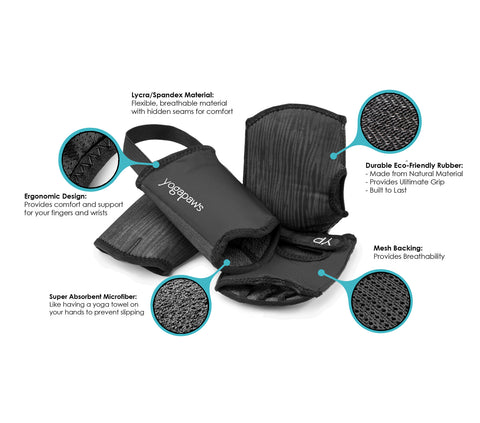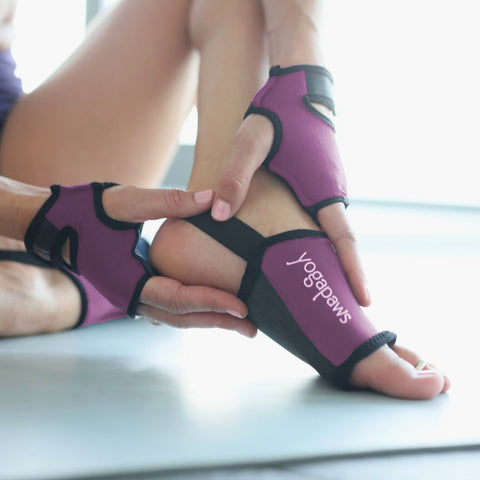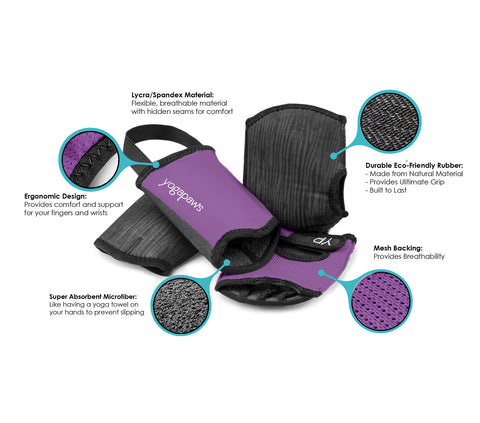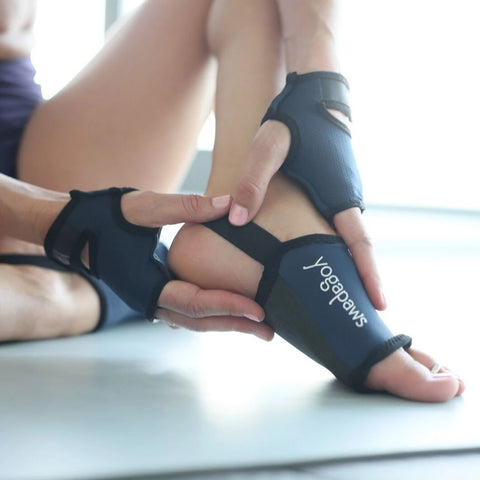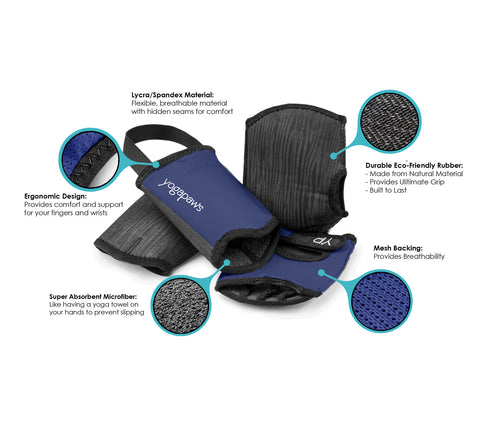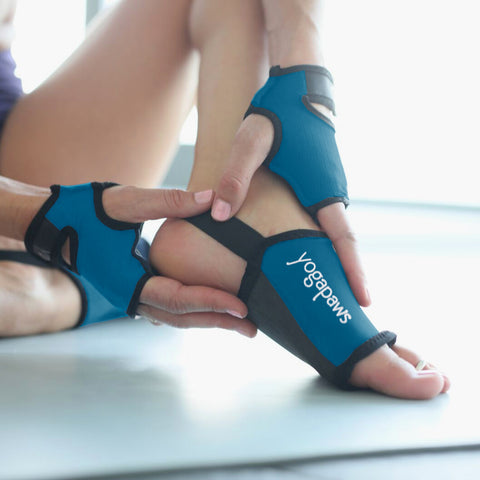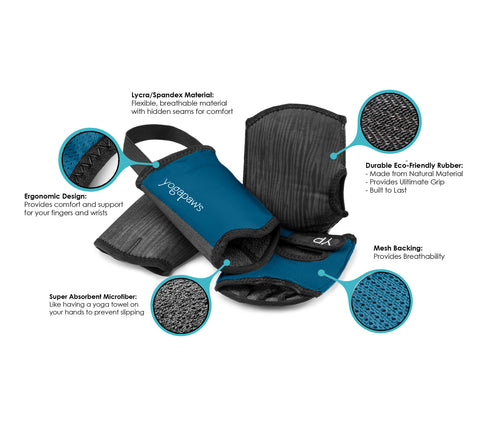Posted on April 13 2018
 The next time you try to gracefully stretch your back in One Legged King Pigeon Pose only to find stiffness and resistance where you hoped for fluidity and elasticity, don’t be too quick to blame your “tight” back. It seems like a no-brainer to assume that a less-than-flexible spine is the culprit that’s stopping you from achieving Instagram-worthy backbends, but, in reality, that seemingly unbendable back-body may be more effect than cause. It’s more likely that the real roadblock to freedom of movement in your back (and other regions of your body) starts with problems in your pelvic alignment.
The next time you try to gracefully stretch your back in One Legged King Pigeon Pose only to find stiffness and resistance where you hoped for fluidity and elasticity, don’t be too quick to blame your “tight” back. It seems like a no-brainer to assume that a less-than-flexible spine is the culprit that’s stopping you from achieving Instagram-worthy backbends, but, in reality, that seemingly unbendable back-body may be more effect than cause. It’s more likely that the real roadblock to freedom of movement in your back (and other regions of your body) starts with problems in your pelvic alignment.
Your pelvis is much more than just a bony cradle that holds and protects your reproductive organs, bladder, and rectum. This sturdy girdle at the base of your spine is the connection point between your upper and lower body. As the place where your legs attach to your trunk, your pelvis is what makes movement possible—especially walking, running, sitting and kneeling. The goal is to keep this region of the body in a neutral position in order to prevent back injuries, balance your front and back body, and prevent problems related to compression or overstretching in your muscles.
So, what does “neutral” look like? That depends. According to Bill Reif, an Atlanta-based physical therapist and author of The Back Pain Secret: The Real Cause of Women’s Back Pain and How to Treat It, “neutral” means the pelvic alignment that best minimizes stress on the muscles, ligaments and tendons attached to the pelvic cradle and positions the pelvis correctly for optimal back health. So, that definition would vary quite a bit for a pregnant woman versus a 200-lb. man, or a maturing child.
As a very general rule of thumb, most experts say that a “normal” pelvic tilt is about 30 degrees. That means the bones that stick out in the front of your pelvis are slightly lower than the dimples on your bottom. Slight variances aren’t a problem. But, if the pelvic tilt exceeds 40%, it’s time to look for poses to bring your body back into alignment.
There are two types of tilt: Anterior Pelvic Tilt—with the abdomen protruding forward and a deep, compressed curve in the back (think "swaybacked" like a duck); and Posterior Pelvic Tilt—with the upper back rounded and the glutes tucked under so far that the back body looks nearly flat (think hunched like a turtle).
Not sure which, if either, applies to you? Test your selfie skills. Put on fitted workout wear and stand sideways to a mirror. Take your photo. Draw a line from your shoulder to your ankle. If your hip cradle looks like a bucket spilling forward, you have anterior tilt. If it looks like water would be scooped back, you have posterior tilt. Talk with your yoga instructor, body worker, naturopath or other wellness professional to determine if the tilt falls within the normal range or needs to be corrected.
|
Anterior Pelvic Tilt |
Posterior Pelvic Tilt |
Neutral Pelvis |
The good news is that your yoga practice and some small lifestyle changes can easily get you centered. Here are some to try.
CORRECTING ANTERIOR PELVIC TILT
Fixing the problem stars with understanding the cause. Before you roll out your mat or take your Yoga Paws to the park, think about your day. Were you sitting at a desk for eight hours? Stuck behind the wheel for a long commute? Either may be contributing to your alignment issues. Long hours stuck in a chair can weaken your glutes and abs and tighten your hip flexors. Or maybe you’re still a die-hard stiletto fan. Wearing high heels too much can force the front of the pelvis forward and down while compressing the back. Unless you suffer from a postural deformity, get a standing desk, look for classes or practices that work on pelvic alignment, and get ready to explore a whole new range of motion. You can also save yourself from back and alignment-related hip and knee problems. Start here:
 |
Virabhadrasana I (Warrior I Pose) Benefits: This pose address several key factors that may be preventing you from finding your ideal pelvic alignment. It stretches your hip flexors, one place where you might carry tension from sitting. Loosening them is key to correcting a misaligned pelvis.
How to do it: To find your best alignment, try starting standing with your feet about three feet apart, rather than in Tadasana (Mountain Pose). Turn your right foot out and make sure your right heel is in line with the arch of your left foot. Ground your left foot on the mat and attempt to square your hips to face the same direction as your right foot. You may not be able to achieve this completely the first time—don’t try to force it. Instead, focus on gently bringing your right hip back and left hip forward, lengthening through the front of your left hip and your left quadriceps. In this pose, your core needs to stay strong. Think of lifting your lower abdominals, but keep a slight curve in your lower back. If you can lift your arms and maintain that alignment, raise your hands to the ceiling, palms facing inward and keep your ribcage open and breath deep. Hold for 30 seconds to one minute, then release and repeat on the other side. |
CORRECTING POSTERIOR PELVIC TILT
A sedentary day job is no better for posterior tilt. Hour after hour hunched over a computer could compromise both your lumbar spine and your discs. That hunched position tightens your hamstrings glutes and thighs while weakening your hip flexors and lower back. Left unaddressed, this kind of misalignment can also cause problems in the maximal functioning of your vital organs. To correct this, try:

|
Adho Mukha Kapotasana (Pigeon Pose)
Benefits: This pose stretches tight glutes, which contribute to a posterior pelvic tilt.
How to do it: Begin on all fours. Bring your right knee to your right wrist and your right ankle toward your left wrist. Stretch your left leg back, rotating slightly inward. Your left quadriceps, knee and shin should rest on your mat. Your right knee may be slightly to the right of your right hip. Ensure that your left toes point directly behind you. On an exhale, bend forward to rest your torso on your right shin. Hold for 30 seconds to one minute, then release, return to all fours and repeat on the other side. |
Changing your mind can also help change your body. To see how much, come into Tadasana (Mountain Pose). Think about something stressful. Notice what that does to your pelvic cradle as you work through that tension. Now, focus on one of your fears. For most people, the back starts to round as they move into a self-protecting body profile. Lastly, consider how much emotional baggage you store in your pelvic region. Then, with your eyes closed, let all of that go and feel the effect on your alignment. Improved pelvic alignment opens up your body to flow more easily through all kinds of poses—and everyday life.





